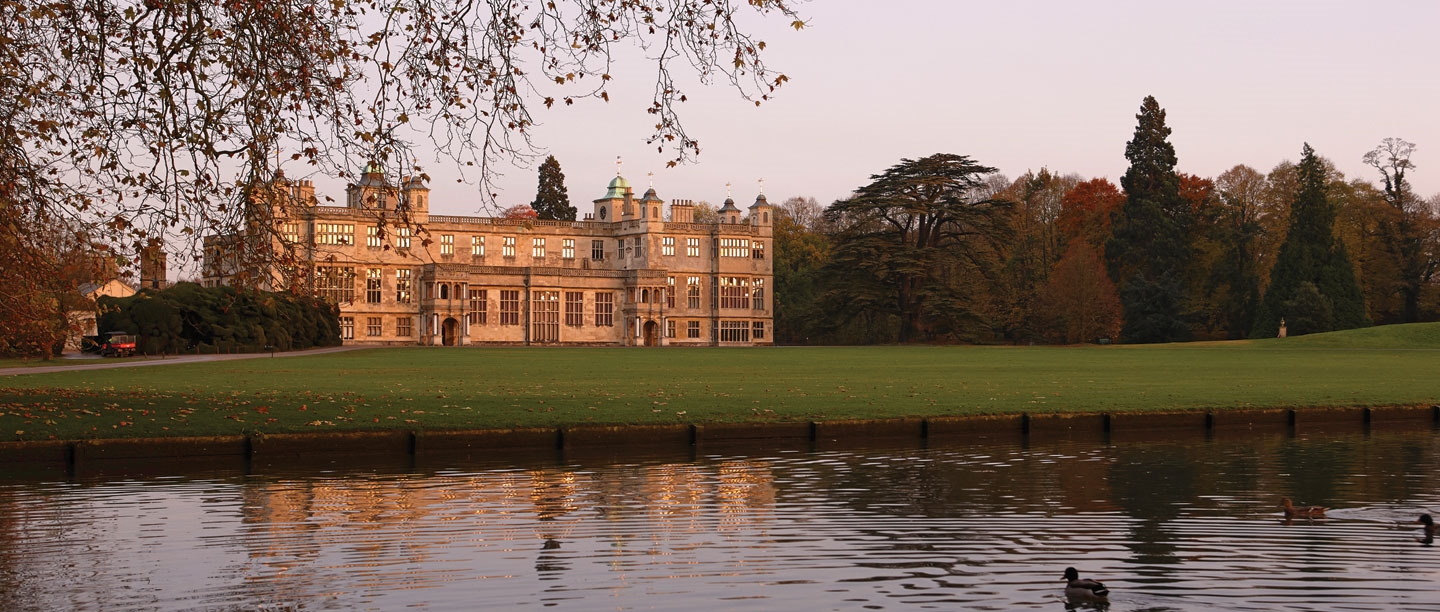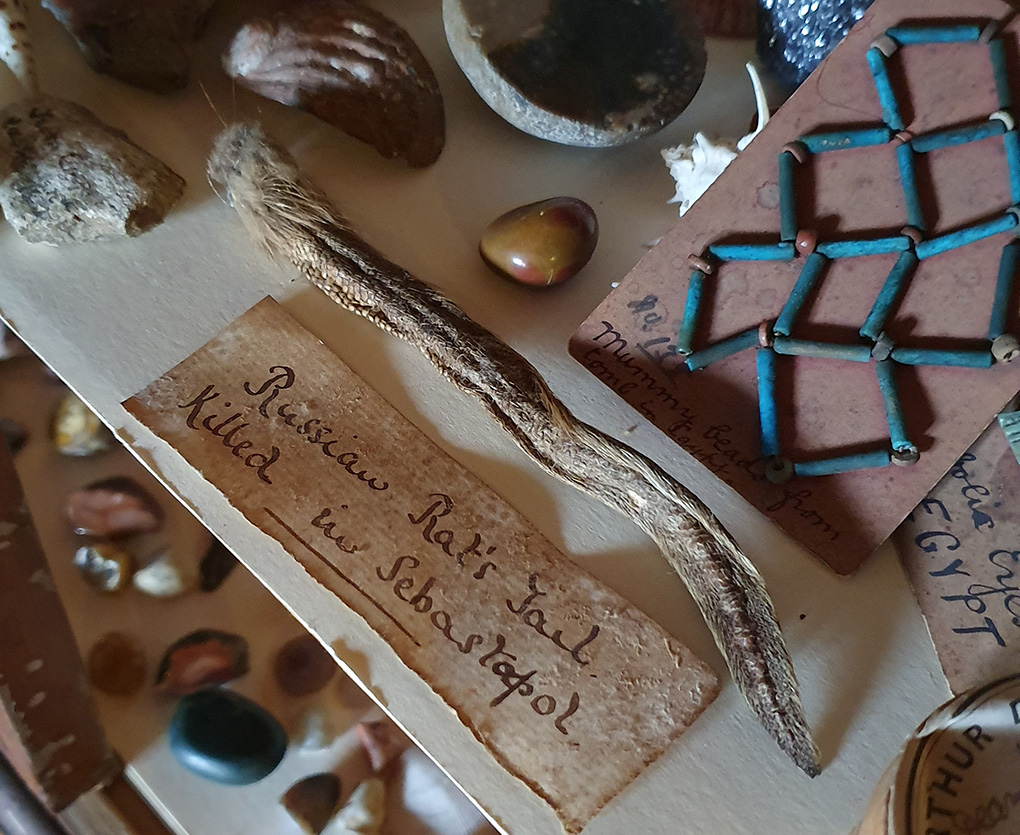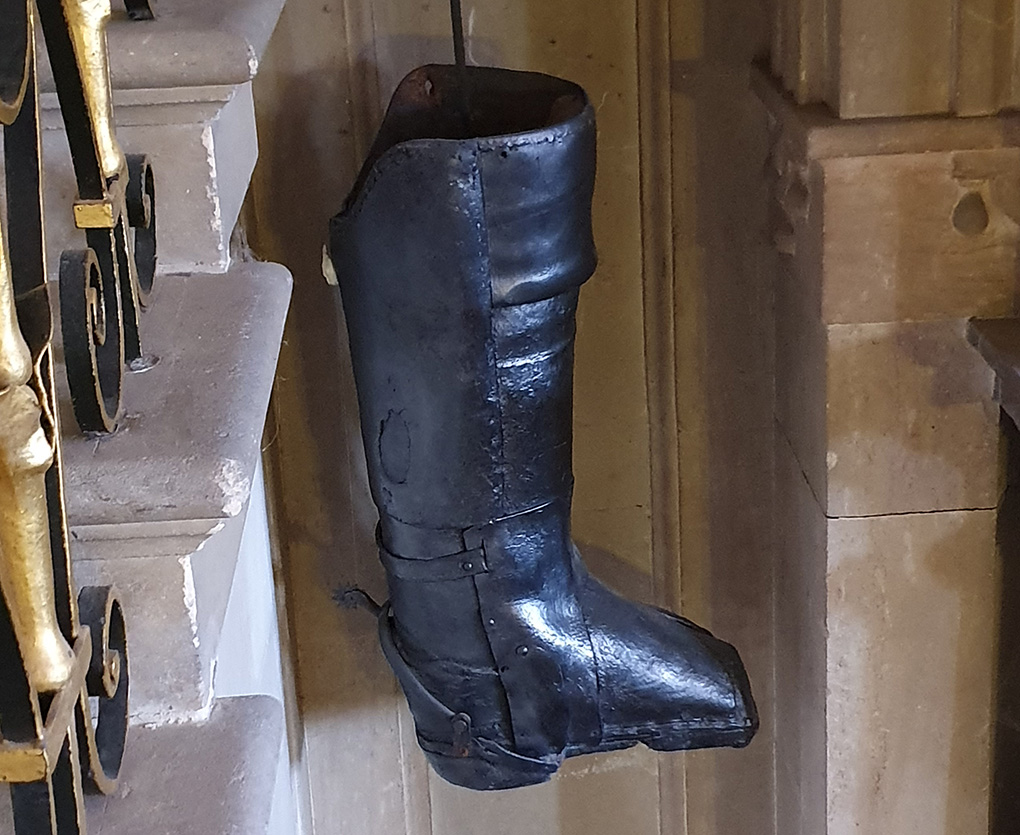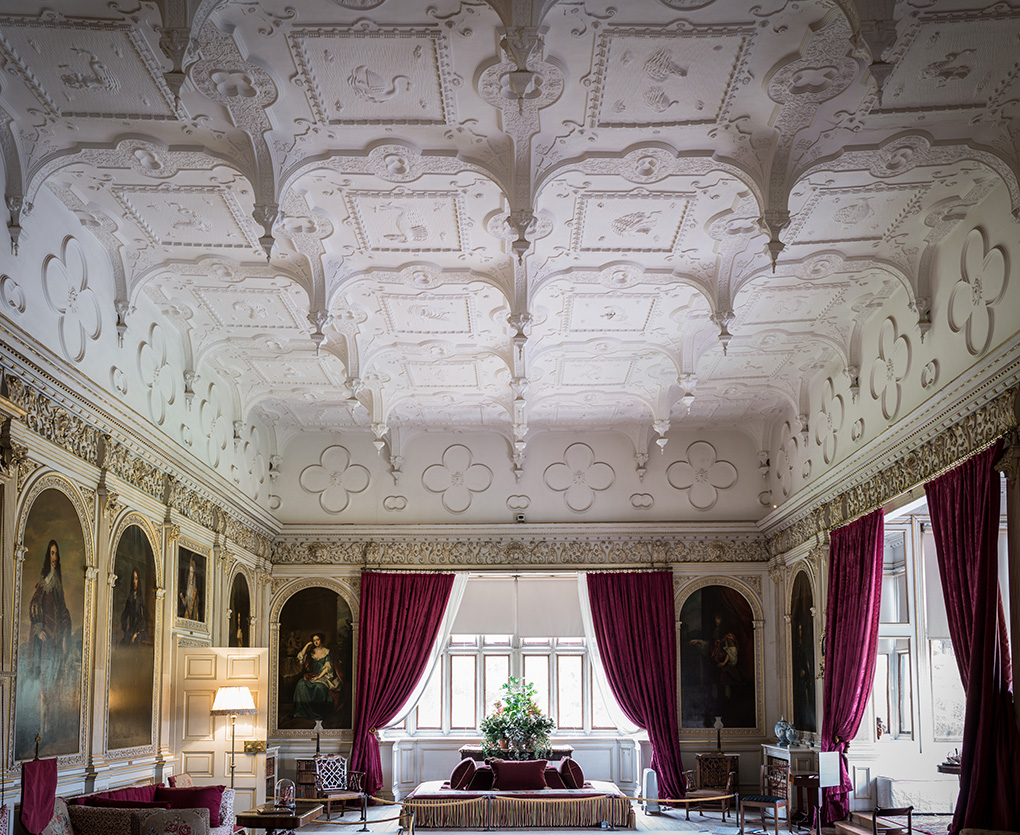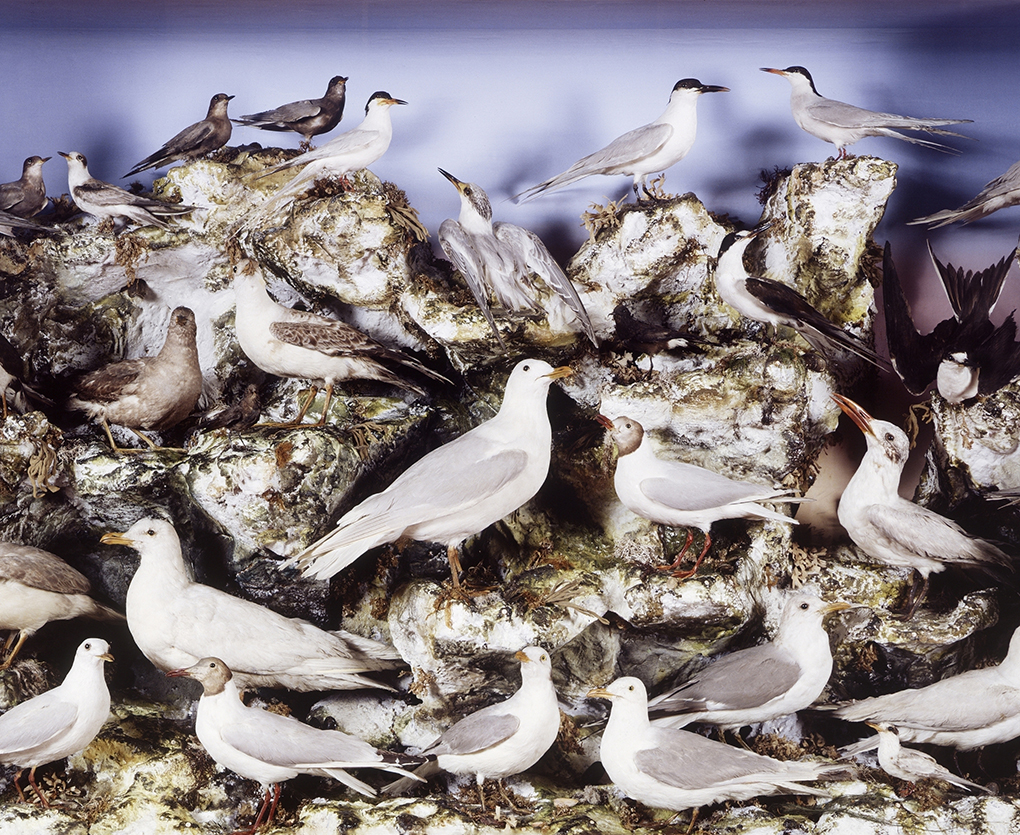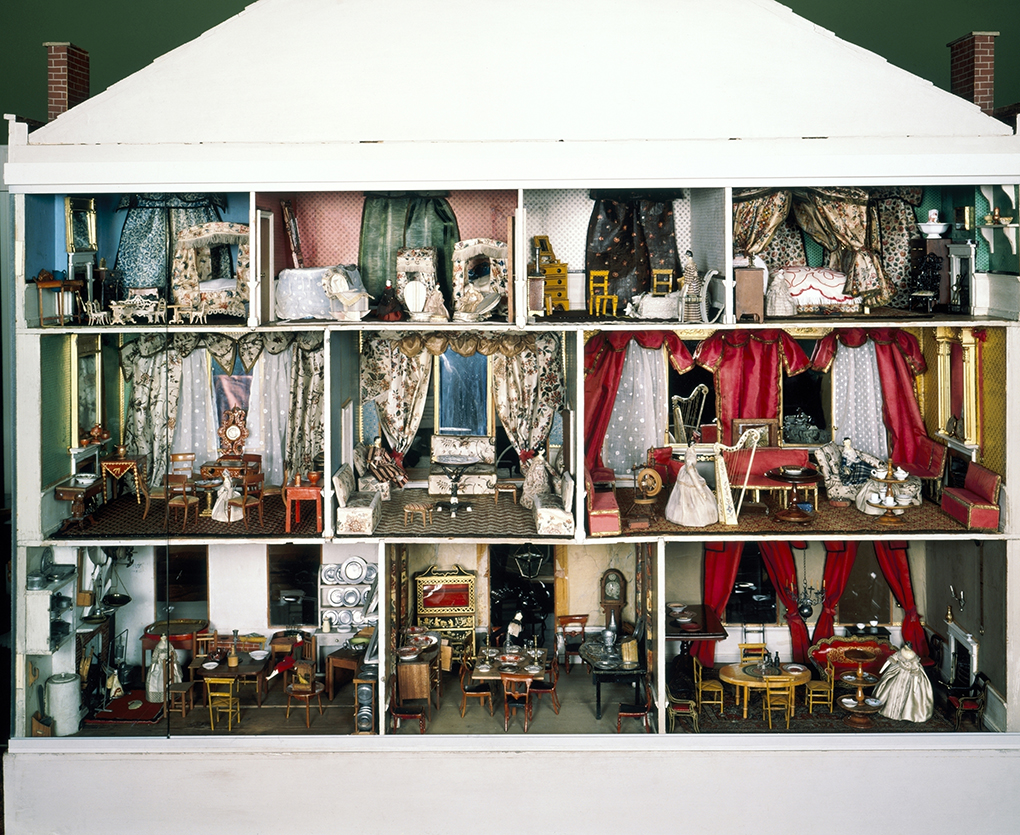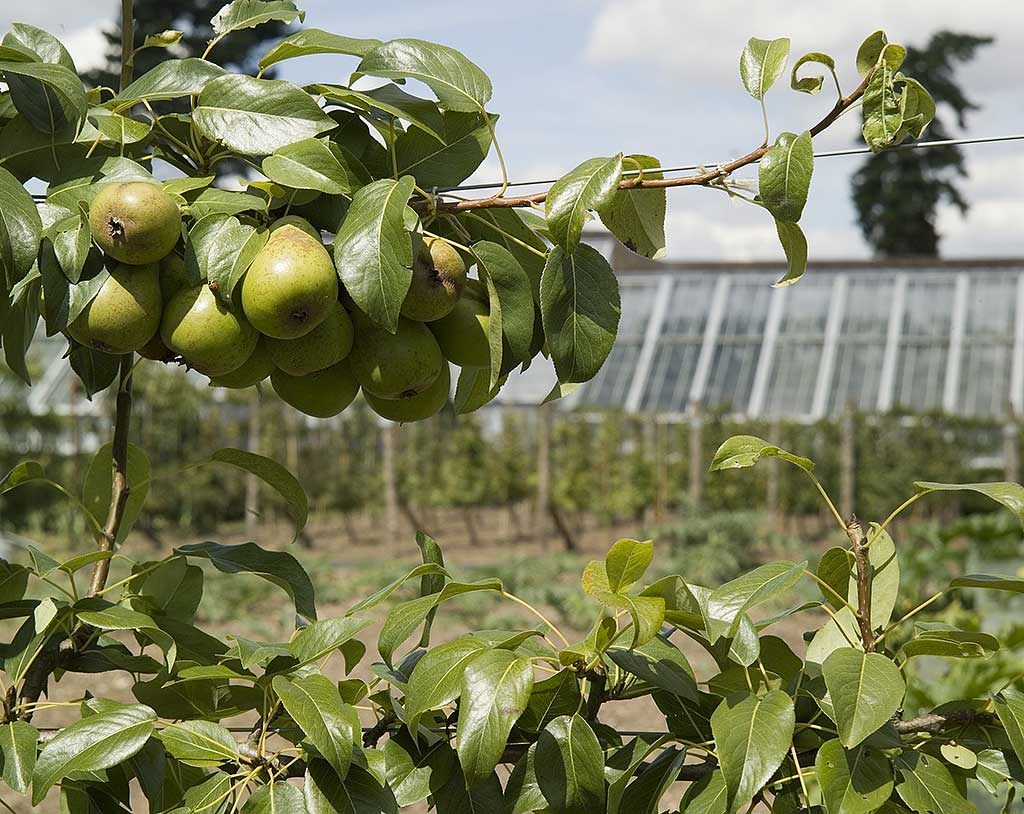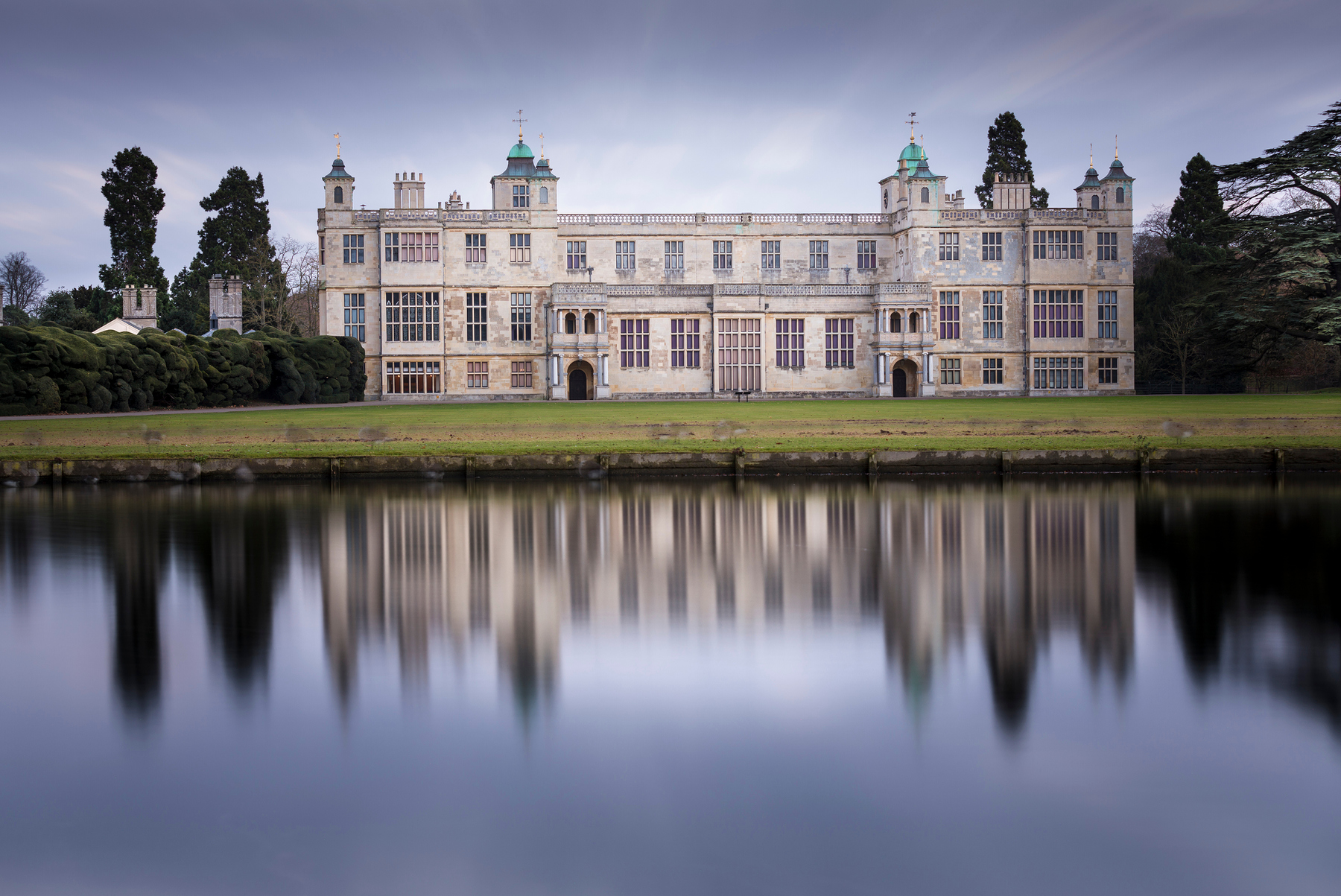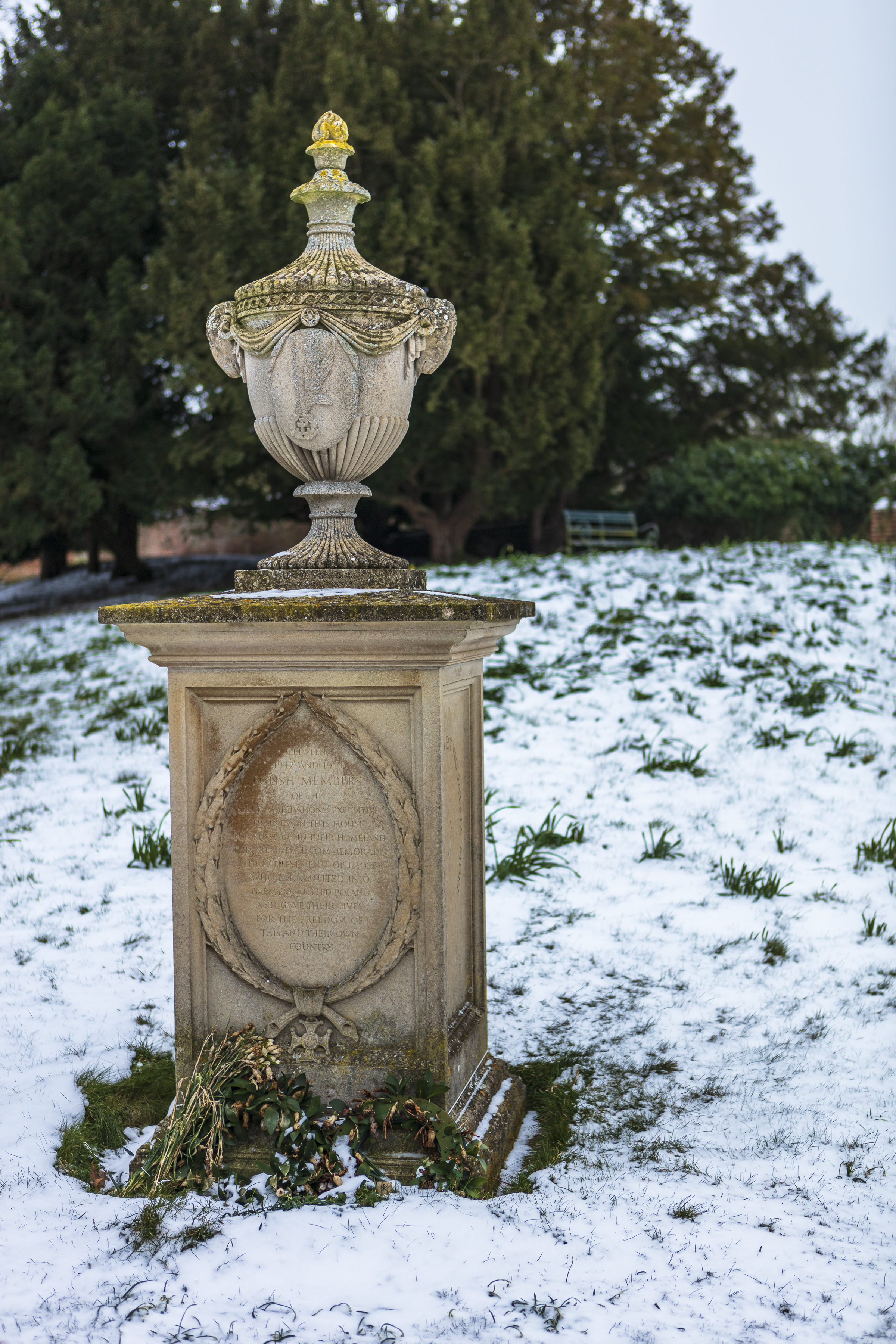VIDEO: JOIN US ON A TOUR OF AUDLEY END
We sent children’s TV presenter Maddie Moate to discover the history of Audley End House and Gardens, and explore its magnificent rooms and tranquil gardens.
Join her as she finds out what the Great Hall was used for in the 19th century when it wasn’t hosting feasts and celebrations, see the view from the roof – which isn’t normally open to visitors – and take a stroll through the ornamental gardens, Victorian service wing and stables.
A rich history
Audley End was one of the greatest houses of early 17th-century England. In about 1605–14 Thomas Howard, 1st Earl of Suffolk, took an earlier house created by his grandfather Lord Audley on the site of Walden Abbey, and rebuilt it on the scale of a royal palace. Robert Adam transformed this house for Sir John Griffin Griffin in the 1760s, while Lancelot ‘Capability’ Brown remodelled the grounds, to create one of England’s finest landscape gardens.
Below, you can see our highlights from this vast and fascinating site. Also, curator of collections and interiors, Dr Peter Moore, reveals what to look out for within the house itself – including a Russian rat’s tail sent back from the Crimean War!
Top Ten things to see
PLAN YOUR VISIT
See the stunning interiors of the house at Audley End, along with the beautiful gardens surrounding it, for yourself with a day out at the Jacobean property.
After exploring the house’s fascinating collections, enjoy stunning views across the unspoilt Essex countryside and wander the tranquil gardens created by ‘Capability’ Brown, gold winner of Anglia in Bloom Awards 2017.
Plan your visitExplore more
-
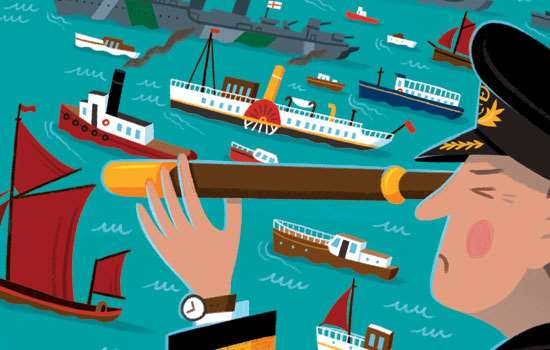
Explore Kids Rule!
Learn about England’s history, discover more about our sites and find loads of fun things to watch, read and do!
-

The English Heritage Podcast
Our weekly podcast brings you entertaining tales from unexpected places. We begin with a mystery item and, with the help of experts and special guests, we explore what our past can tell us about our present and perhaps our future.
-
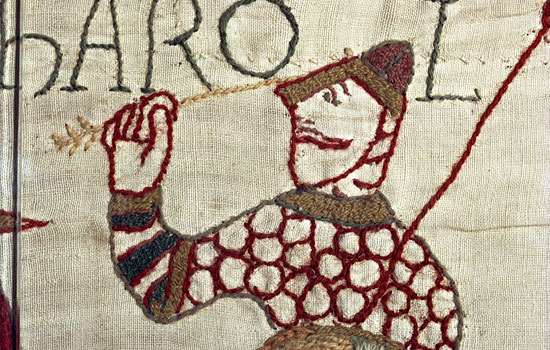
20 Questions Quiz
Test your knowledge of the Battle of Hastings with our 20 questions quiz
